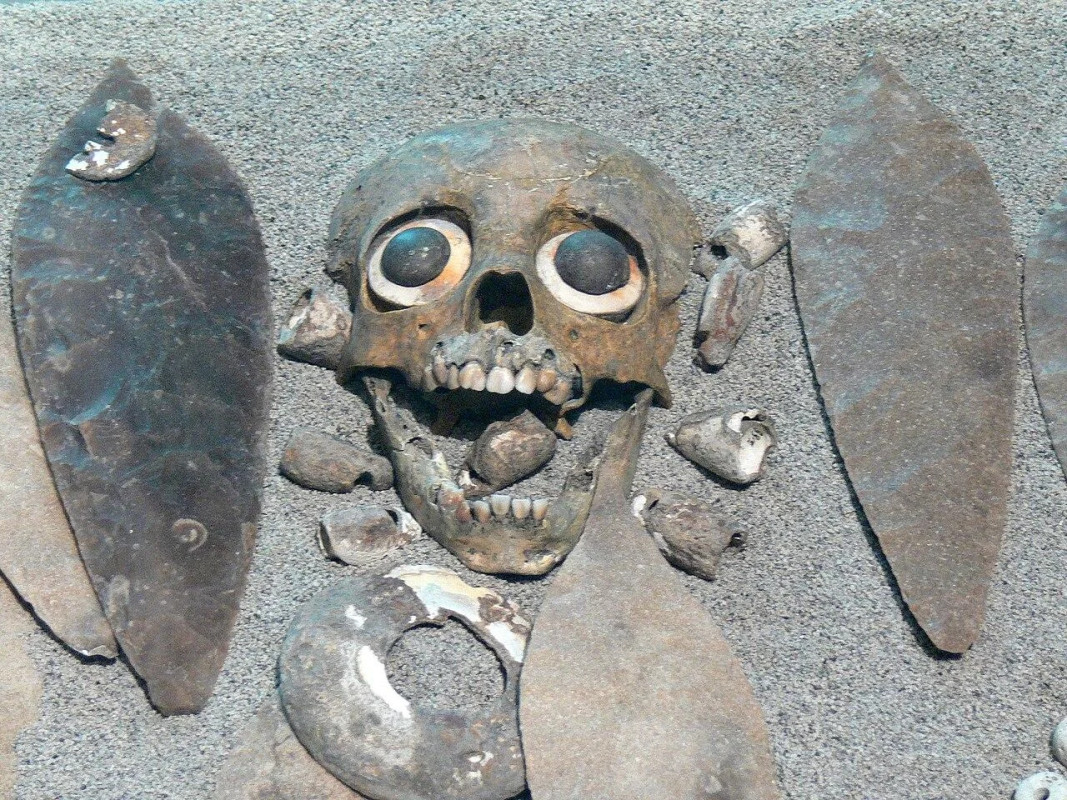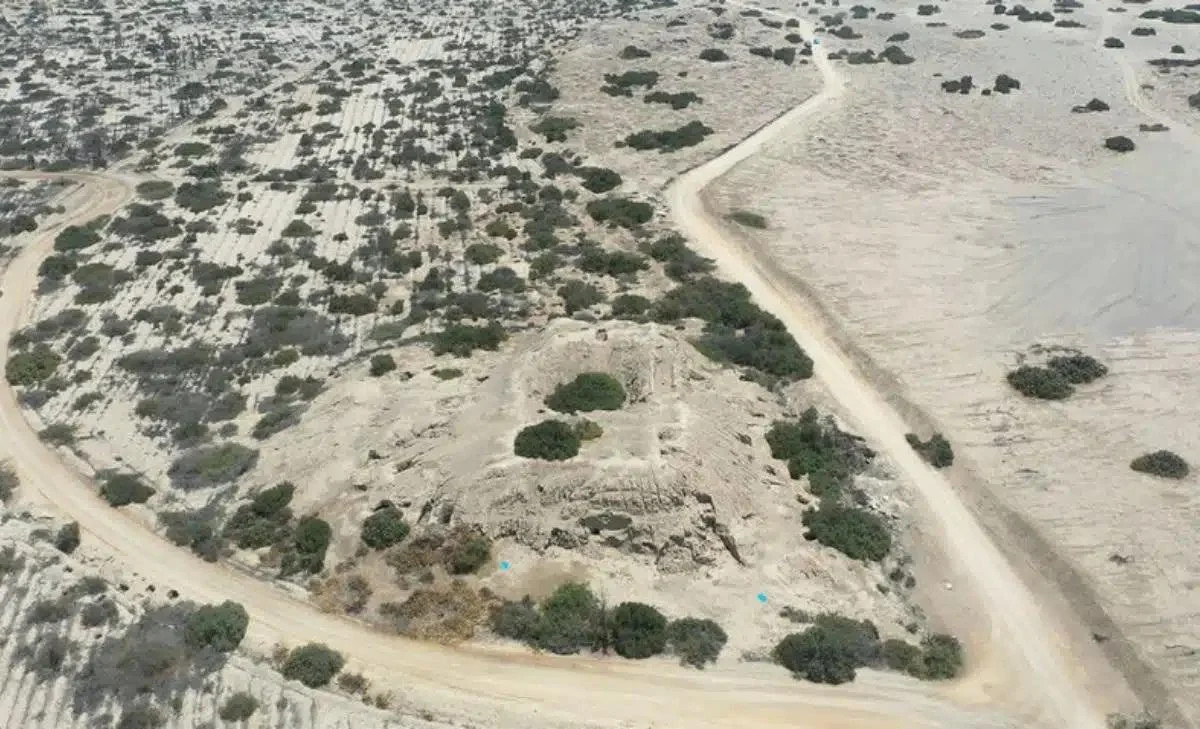Archaeologists working on Peru’s northern coast have uncovered remnants of ritual sacrifice which researchers say is the first evidence of such violence in the region, Archaeology Mag reported.
Scientists excavating the Puémape archaeological complex, which lies in the San Pedro Lloc district, unearthed at least 12 people who were interred in “unusual conditions” more than 2,330 years ago. The mass grave was located not far from the Temple of Puémape, which was built roughly 3,000 years ago. Radiocarbon dating determined that the ritual killings were conducted sometime between 400 and 200 B.C., by which time the temple had largely fallen out of use. Evidence shows that the site was a place of great spiritual significance to the community as it was associated with their ancestors and sacred rituals.
Chicama Archaeological Program / CC BY 4.0
Chicama Archaeological Program / CC BY 4.0
The burials are the first of their kind found in the area. The victims were interred face down, with their hands tied behind their backs and ropes looped around their necks. The victims’ bones bore signs of traumatic violence, with many suffering from broken bones and cranial fractures. While many people during this period were buried with tokens, such as personal items or valuable artifacts, these graves contained no offerings of any sort. This lends credence to the theory that the burials were sacrificial rather than traditional.
The identities of the victims remain unknown; however, scientists are currently conducting further research utilizing DNA sequencing and osteological analysis, which they hope will reveal whether or not the victims were citizens of the local population or members from a different, perhaps warring, faction.
